See our website for more detailed photos: LINK
An impressive and rare pair of early Empire/Consulat period candelabra in finely chiseled bronze, with it’s original gilding and patina, decorated with caryatids, winged dragons and palmettes. The female figures, caryatids, stand on tip-toe with both feet on a plain sphere which rests on a cylindrical shaft with friezes of palmettes on a hexagonal plinth. They hold aloft a candelabrum, formed as a vase from which arise the candle branches. Around the central stem sprout the candle branches in the shape of acanthus leafs carrying a winged dragon whose tails ends in an acanthus leaf. Each winged dragon hosts a bobèche at the top of its skull.
The pair of candelabra that we are offering can be compared to the production of the great Parisian bronzier of the time, Claude Galle (1759-1815). Their design with a caryatid holding a candelabrum with winged dragons, bears resemblance with that of a pair of candelabra delivered by Galle in 1807 for the room of the Empress in the palace of Fontainebleau (see Samoyault).
During the fin de siècle of the 18th century, France led several military expeditions and Napoleon Bonaparte was appointed commander-in-chief on 2 March 1796. He first led the Italian campaign (1796 – 1797) which was followed by the Egyptian campaign (1798 – 1801). These campaigns were coupled with a research mission made up of eminent scientists, historians and artists who investigated the ancient classical art they found. Their publications inspired a neoclassical revival in the arts where motifs and themes drawn from ancient Greco-Roman and Egyptian cultures were integrated into the creations of architects, painters and craftsmen. For example, as early as 1802, Baron Vivant-Denon published Voyage dans la Basse et la Haute Egypte, a work which met with immense success. These candelabra were made in this particular context.
This pair of candelabra is in an excellent state of conservation with magnificent original gilded and patinated bronze.
Details Of The Empire Period Candelabra With Caryatids
Paris, circa 1800-1805.
Dimensions: 67 cm high. Size of the base: 12 x 12 cm.
History Of Caryatids
A caryatid is a sculpted female figure serving as an architectural support taking the place of a column or a pillar supporting an entablature on her head. The Greek term karyatides literally means “maidens of Karyai”, an ancient town on the Peloponnese. The origins of the term are unclear. It is first recorded in the Latin form caryatides by the Roman architect Vitruvius. He stated in his 1st century BC work De architectura that the female figures of the Erechtheion represented the punishment of the women of Caryae, a town near Sparta in Laconia, who were condemned to slavery after betraying Athens by siding with Persia in the Greco-Persian Wars.
Literature
- Jean-Pierre Samoyault, “Pendules et bronzes d’ameublement entrés sous le premier Empire”, Museum Château de Fontainebleau, Paris, 1989, p.157 #135
We send this article worldwide, professionally packaged, with registered and fully insured shipping at a fair price.





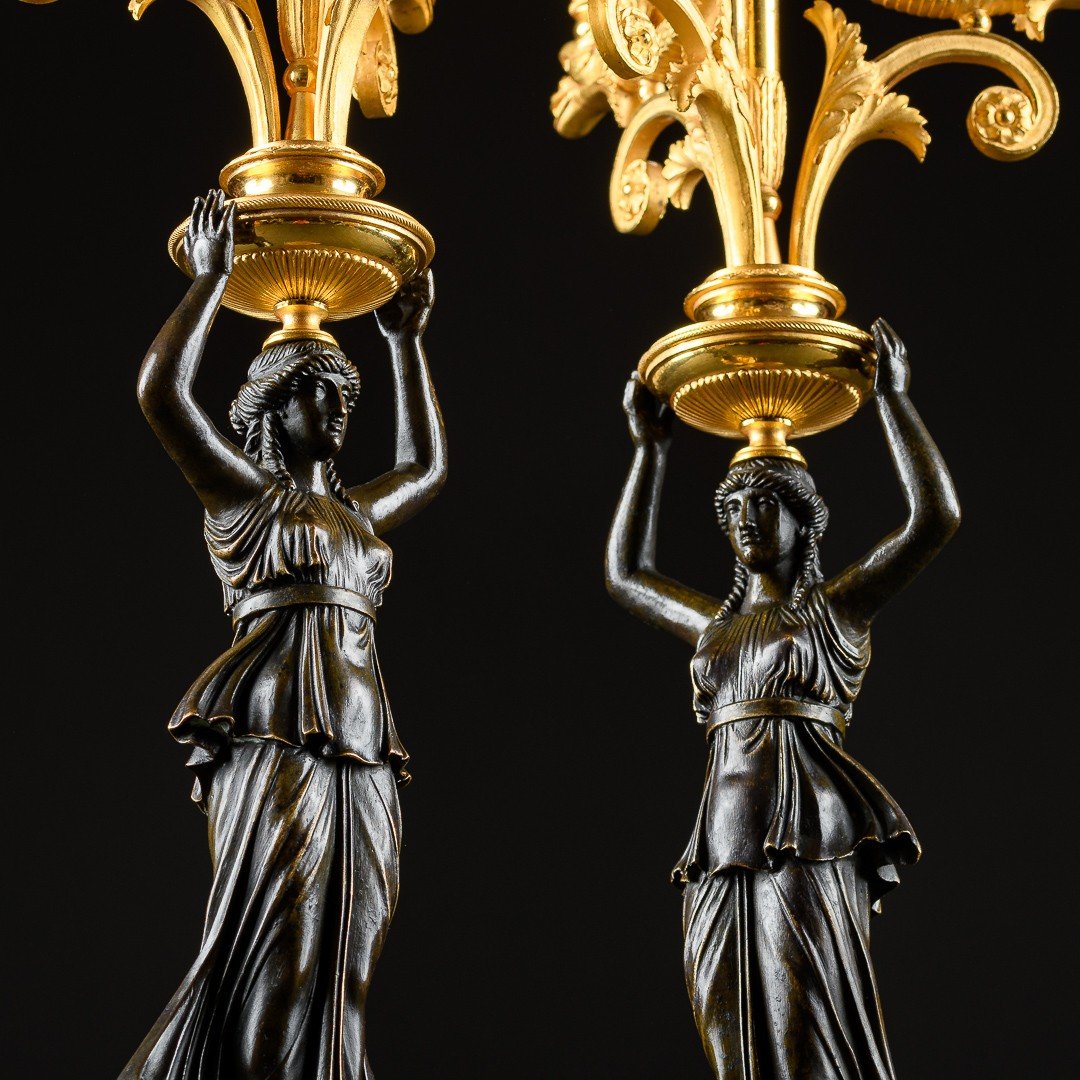

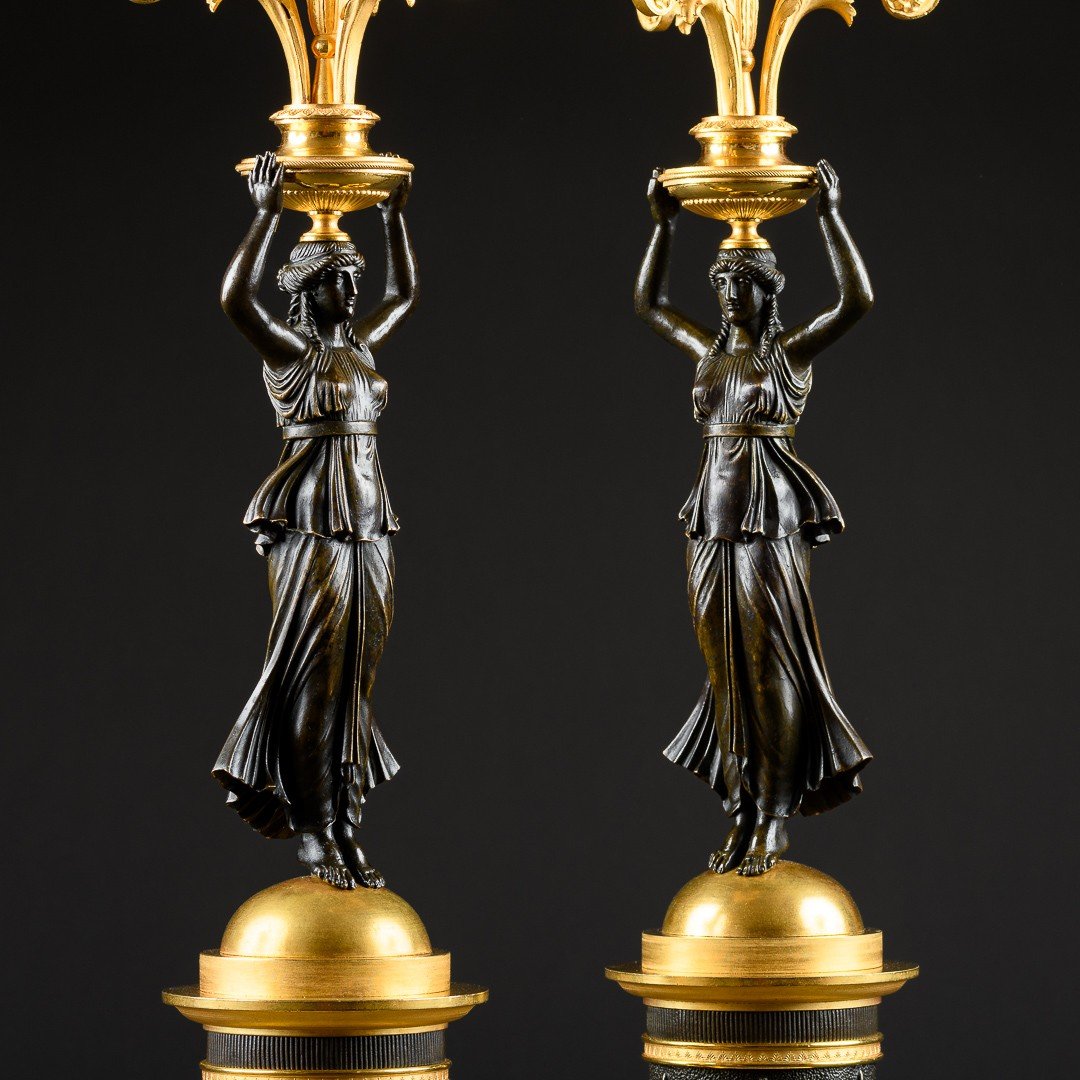
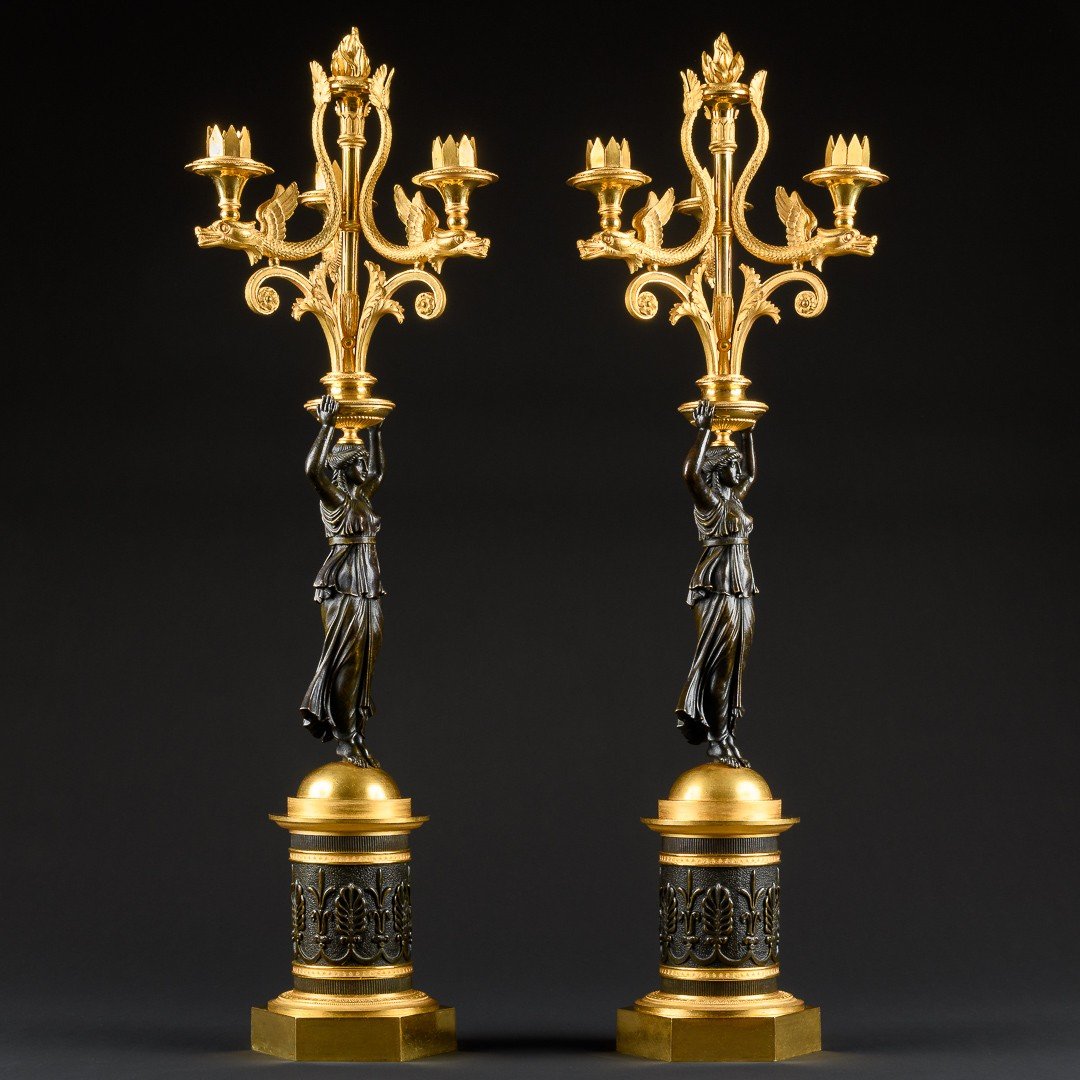









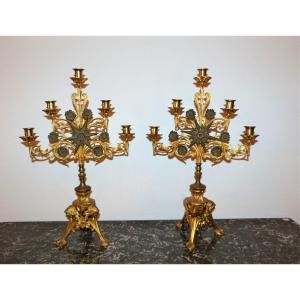


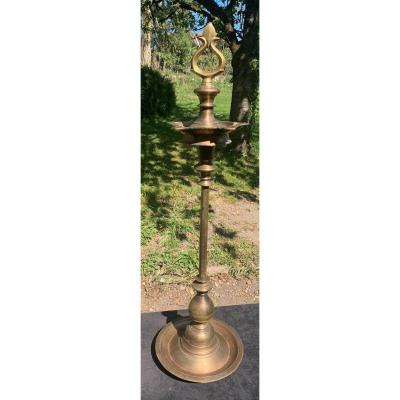
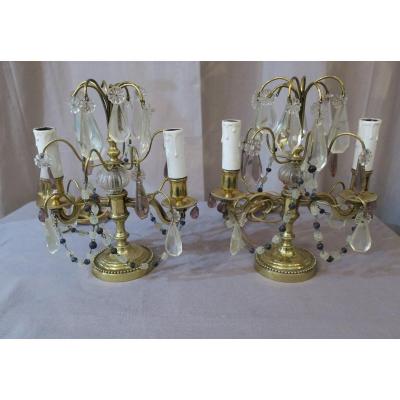



 Le Magazine de PROANTIC
Le Magazine de PROANTIC TRÉSORS Magazine
TRÉSORS Magazine Rivista Artiquariato
Rivista Artiquariato
